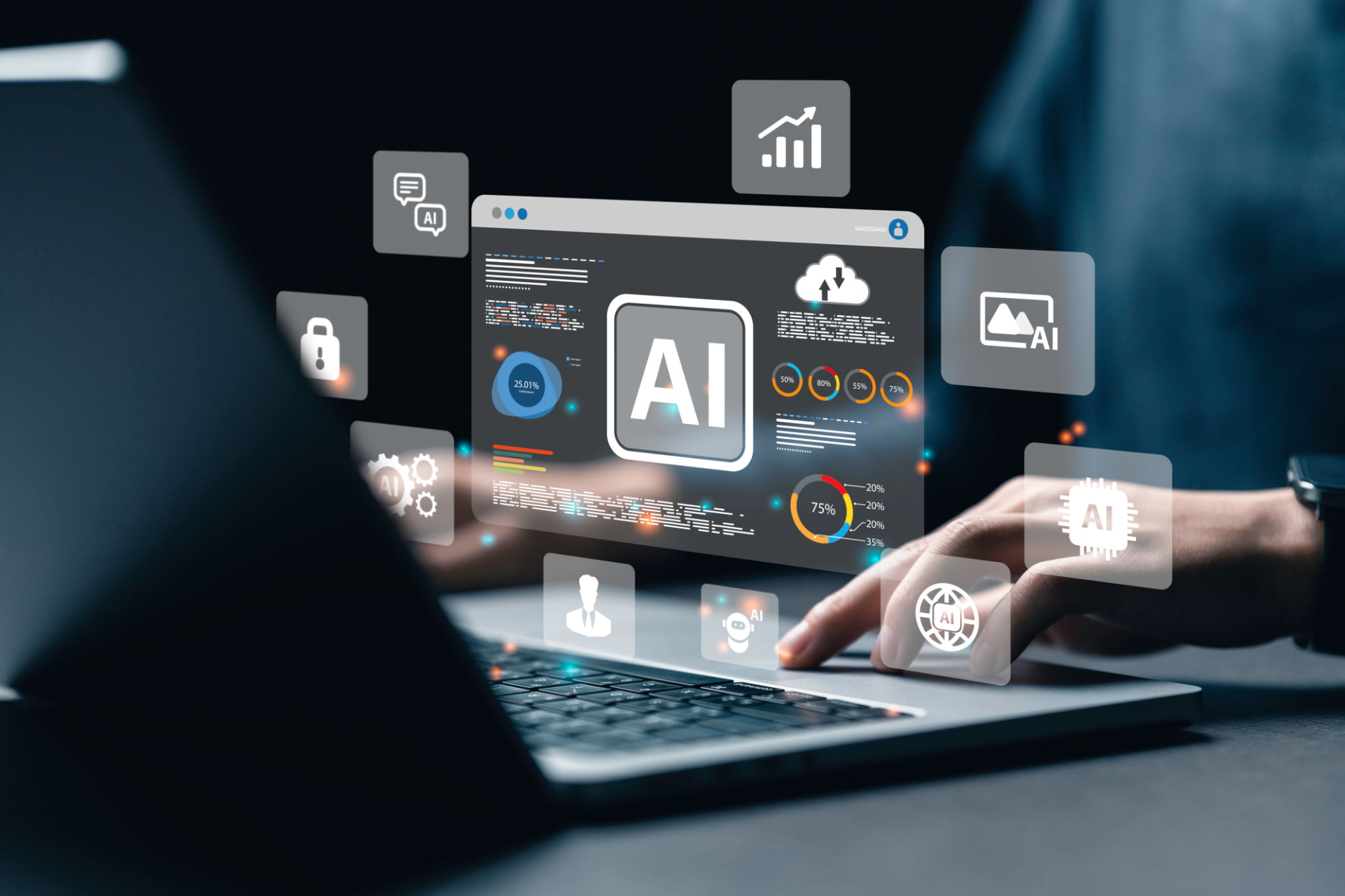Debunking Myths: Common Misconceptions About AI Productivity Tools
Understanding AI Productivity Tools
Artificial Intelligence (AI) productivity tools have become an integral part of modern workplaces, yet they are often surrounded by misconceptions. These tools are designed to streamline workflows, enhance efficiency, and foster innovation. However, myths persist that can lead to hesitation or misuse. In this post, we will debunk some of the most common myths about AI productivity tools.

Myth 1: AI Tools Are Only for Tech Experts
A prevalent misconception is that AI productivity tools are exclusively for tech-savvy individuals or large corporations. In reality, these tools are designed to be user-friendly and accessible to people with varying levels of technical expertise. Many AI solutions offer intuitive interfaces and comprehensive support to ensure anyone can benefit, regardless of their technical background.
Small businesses and individual users can leverage AI productivity tools for tasks such as data management, scheduling, and customer service automation. The democratization of AI technology means that it is no longer confined to the IT department alone.
Myth 2: AI Will Replace Human Jobs
One of the most pervasive fears is that AI will render human jobs obsolete. While it's true that AI can automate repetitive tasks, it is more about augmenting human capabilities rather than replacing them. By automating routine tasks, AI frees up time for employees to focus on more strategic and creative endeavors.

Moreover, AI has the potential to create new job opportunities. As organizations adopt AI tools, there is a growing need for roles that involve managing and optimizing these technologies, leading to the emergence of new career paths.
Myth 3: AI Tools Lack Accuracy
Another common myth is that AI tools are unreliable or inaccurate. While no technology is infallible, advances in machine learning and data analytics have significantly improved the precision of AI systems. These tools continuously learn from data inputs and refine their processes over time, enhancing their accuracy and efficiency.
Organizations that implement AI tools should ensure proper training and data management practices to maintain high levels of accuracy. It's essential to remember that the quality of output largely depends on the quality of input data.

Myth 4: Implementing AI Is Too Expensive
The assumption that AI implementation is prohibitively expensive deters many from exploring these solutions. While some advanced AI systems may require substantial investment, there are numerous affordable and scalable options available. Many AI productivity tools offer tiered pricing models, allowing businesses to choose solutions that fit their budget.
Additionally, the long-term benefits of AI—such as increased efficiency, cost savings from automation, and enhanced decision-making—often outweigh initial costs. By evaluating needs and exploring various options, organizations can find cost-effective ways to incorporate AI into their operations.
Myth 5: AI Is a One-Size-Fits-All Solution
Finally, some believe that once an AI tool is implemented, it will automatically solve all problems. However, AI is not a one-size-fits-all solution. It requires careful planning, customization, and ongoing management to align with specific business needs and objectives.
Successful AI integration involves understanding organizational goals, selecting appropriate tools, and continuously monitoring performance. This approach ensures that AI enhances productivity rather than becoming an underutilized or misaligned resource.

In conclusion, while myths surrounding AI productivity tools abound, understanding the realities can help organizations unlock their full potential. By dispelling these misconceptions, businesses and individuals alike can embrace AI as a powerful ally in achieving greater productivity and innovation.